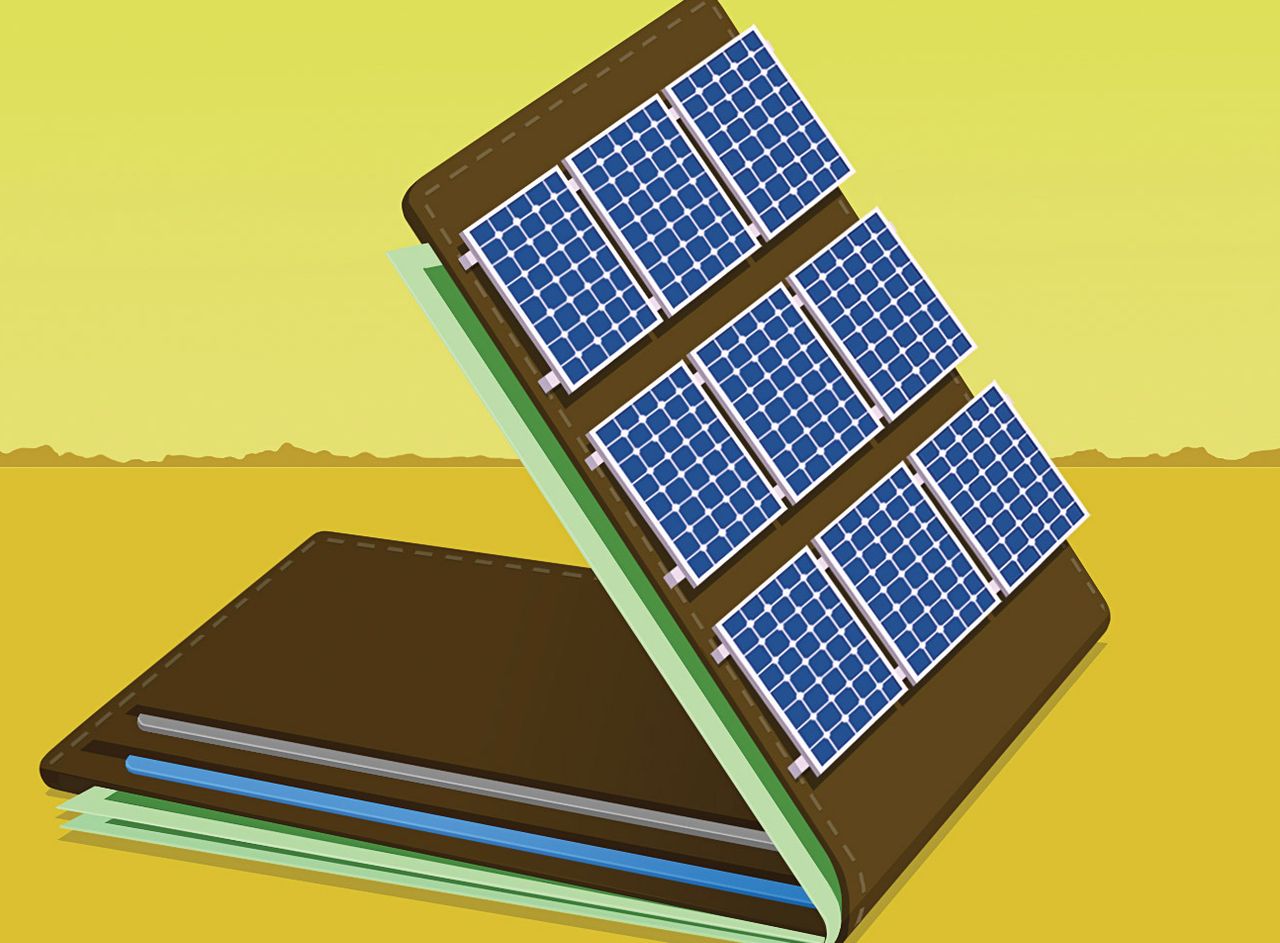Investing in the New-Energy Economy
The transition from fossil fuels to renewable energy—a core theme in values-based portfolios for almost two decades—has been catapulted from a niche investment theme to the mainstream thanks to the passage of the most significant climate action legislation on record.
The Inflation Reduction Act (IRA), passed in August, is a profound inflection point in the evolution of climate policy that puts U.S. muscle behind the global push toward carbon-reduction goals. The bill, which dedicates $369 billion to climate provisions, is likely to elevate investor confidence in the clean-energy theme and open the door to new investment opportunities.
“The IRA will provide a huge boost to companies and projects, both proven and emerging, that enable decarbonisation at scale,” says Justina Lai, chief impact officer at Wetherby Asset Management in San Francisco. “It provides much more policy certainty to companies and funds already investing in the energy transition and incentivises laggards to catch up.”
The new legislation requires all emissions-producing sectors, such as transportation, agriculture, construction, and utilities, to reduce greenhouse gases, and provides a host of tax incentives to companies and individuals to make environmentally friendly choices, such as buying an electric vehicle and installing solar panels.
Lai expects more innovation in renewable energy, energy efficiency, electric vehicles, and batteries, along with nascent technologies in areas such as green hydrogen, direct air capture, carbon capture and storage, energy storage, and sustainable fuels.
A goal to have net-zero carbon emissions by 2050—an agreed-upon target by many nations and the global scientific community—isn’t just a technology investment story. The carbon-reduction theme is intersecting with agriculture, construction, transportation, finance, and other industries.
In Kent, England, InspiraFarms creates modular cold rooms and packing-houses for agricultural use to reduce reliance on diesel generators and reduce food waste. Berlin-based Betteries upcycles electric-vehicle batteries and incorporates them in clean-power systems. In Lexington, Ky., Rubicon has developed software to help waste-management companies, businesses, and municipalities reduce carbon emissions.
“This is about investing across the entire value chain of this transition,” says Ian Schaeffer, global market strategist at J.P. Morgan Private Bank.
While a major area of innovation is in slowing climate change, another is in addressing the needs of communities already struggling with the impact of rising global temperatures.
Source Global, a Scottsdale, Ariz., start-up, creates new solar-powered technology that extracts water vapour out of the air to make drinking water, eliminating the need for fossil-fuel-dependent methods for delivering drinking water to communities whose water supply is drying up due to climate changes.
“The beauty of the Inflation Reduction Act is that it opens the door to climate adaptation in underserved communities. That creates massive opportunity,” says Cody Friesen, Source’s founder and CEO.
J.P. Morgan’s Schaeffer says investors should be looking toward the primary enablers of the transition to clean energy, and points to two important themes: green buildings and semiconductors.
“Buildings account for a staggering amount of carbon emissions,” he says. “We think there’s opportunity in sustainable construction materials, efficient air systems, incorporating smart systems, and digital infrastructure.”
Semiconductors are essential to modern technology and will play a big role in the transition of the automotive industry from internal combustion engines to electric vehicles, Schaeffer says. “This will require more powerful and efficient semiconductors. The demand for these will skyrocket in coming years.”
Opportunities are global in scope, and suited for long-term investors, he says. “This transition will be a long and bumpy but ultimately inevitable process likely to take us through the middle half of this century.”
 Copyright 2020, Dow Jones & Company, Inc. All Rights Reserved Worldwide. LEARN MORE
Copyright 2020, Dow Jones & Company, Inc. All Rights Reserved Worldwide. LEARN MORE
This stylish family home combines a classic palette and finishes with a flexible floorplan
Just 55 minutes from Sydney, make this your creative getaway located in the majestic Hawkesbury region.
More than one fifth of Australians are cutting back on the number of people they socialise with
Australian social circles are shrinking as more people look for ways to keep a lid on spending, a new survey has found.
New research from Finder found more than one fifth of respondents had dropped a friend or reduced their social circle because they were unable to afford the same levels of social activity. The survey questioned 1,041 people about how increasing concerns about affordability were affecting their social lives. The results showed 6 percent had cut ties with a friend, 16 percent were going out with fewer people and 26 percent were going to fewer events.
Expensive events such as hens’ parties and weddings were among the activities people were looking to avoid, indicating younger people were those most feeling the brunt of cost of living pressures. According to Canstar, the average cost of a wedding in NSW was between $37,108 to $41,245 and marginally lower in Victoria at $36, 358 to $37,430.
But not all age groups are curbing their social circle. While the survey found that 10 percent of Gen Z respondents had cut off a friend, only 2 percent of Baby Boomers had done similar.
Money expert at Finder, Rebecca Pike, said many had no choice but to prioritise necessities like bills over discretionary activities.
“Unfortunately, for some, social activities have become a luxury they can no longer afford,” she said.
This stylish family home combines a classic palette and finishes with a flexible floorplan
Just 55 minutes from Sydney, make this your creative getaway located in the majestic Hawkesbury region.






















